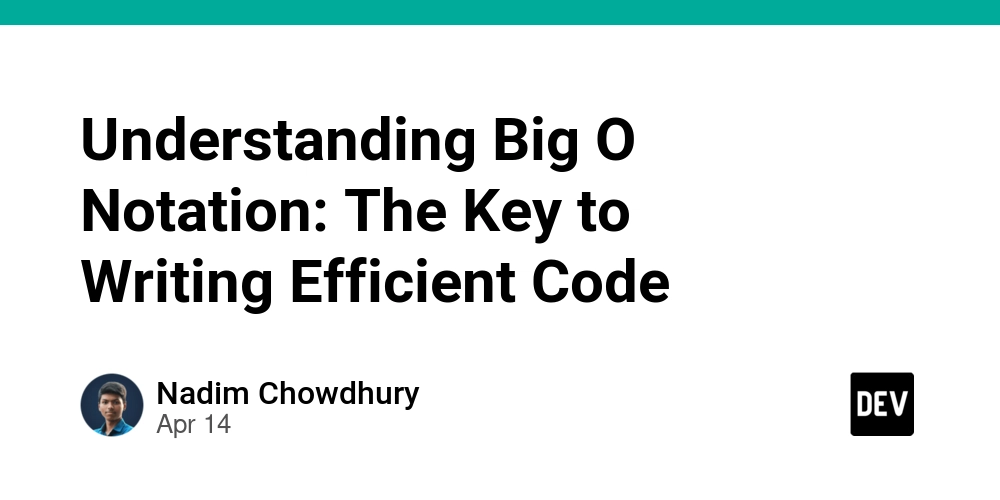Build a REST API with Node.js #nodejs, #express, #mongodb, #webdev.
INTRODUCTION: REST APIs power many modern web applications by enabling seamless data exchange between clients and servers. In this tutorial, we'll build a basic REST API using Node.js and Express, and we'll store data in MongoDB. By the end, you will have a fully functional API that supports CRUD (Create, Read, Update, Delete) operations. *** Step 1: Setting Up the Project Install Node.js using node -v; Initialize a New Node.js Project Create a new project directory and initialize a package.json file; mkdir node-rest-api && cd node-rest-api npm init -y; 3.Install Required Dependencies express - for building the API mongoose - to interact with MongoDB dotenv - to manage environment variables cors - to handle cross-origin requests using this command: npm install express mongoose dotenv cors; *** Step 2: Create the Express Server Create a file named server.js and set up a basic Express server const express = require("express"); const mongoose = require("mongoose"); const dotenv = require("dotenv"); const cors = require("cors"); dotenv.config(); const app = express(); // Middleware app.use(express.json()); // Parse JSON requests app.use(cors()); // Enable CORS const PORT = process.env.PORT || 5000; app.listen(PORT, () => { console.log(Server running on port ${PORT}); }); Now, run the server: node server.js you should see like this: Server running on port 5000 *** Step 3: Connect to MongoDB Set Up MongoDB If you don’t have MongoDB installed, use MongoDB Atlas (a free cloud database). Go to MongoDB Atlas and create a free cluster. Get the connection string (replace and ). Update .env File Create a .env file in the project root and add: MONGO_URI=mongodb+srv://:@cluster.mongodb.net/myDatabase; Modify server.js to Connect to MongoDB: mongoose.connect(process.env.MONGO_URI, { useNewUrlParser: true, useUnifiedTopology: true, }) .then(() => console.log("MongoDB Connected")) .catch((err) => console.error(err)); restart the server: node server.js; you should see like this: MongoDB Connected Server running on port 5000 **** Step 4: Create a Model and Routes Define a Model (Schema) Create a models/Task.js file: const mongoose = require("mongoose"); const TaskSchema = new mongoose.Schema({ title: String, completed: { type: Boolean, default: false, }, }); module.exports = mongoose.model("Task", TaskSchema); Set Up API Routes Create a routes/tasks.js file: const express = require("express"); const Task = require("../models/Task"); const router = express.Router(); // Create a new task router.post("/", async (req, res) => { try { const task = new Task(req.body); await task.save(); res.status(201).json(task); } catch (err) { res.status(400).json({ error: err.message }); } }); // Get all tasks router.get("/", async (req, res) => { try { const tasks = await Task.find(); res.json(tasks); } catch (err) { res.status(500).json({ error: err.message }); } }); // Update a task router.put("/:id", async (req, res) => { try { const task = await Task.findByIdAndUpdate(req.params.id, req.body, { new: true }); res.json(task); } catch (err) { res.status(400).json({ error: err.message }); } }); // Delete a task router.delete("/:id", async (req, res) => { try { await Task.findByIdAndDelete(req.params.id); res.json({ message: "Task deleted" }); } catch (err) { res.status(500).json({ error: err.message }); } }); *** Step 5: Test the API with Postman Start the server: node server.js Use Postman or cURL to test API endpoints: ** Create a Task (POST) POST http://localhost:5000/api/tasks Content-Type: application/json { "title": "Learn Node.js" } ** Get All Tasks (GET) GET http://localhost:5000/api/tasks **Update a Task (PUT) PUT http://localhost:5000/api/tasks/ Content-Type: application/json { "completed": true } **Delete a Task (DELETE) DELETE http://localhost:5000/api/tasks/ *** Step 6: Deploy the API (Optional) To make the API live, deploy it to Render, Vercel, or Railway. Push your code to GitHub. Deploy using your preferred platform. conclusion: Congratulations!
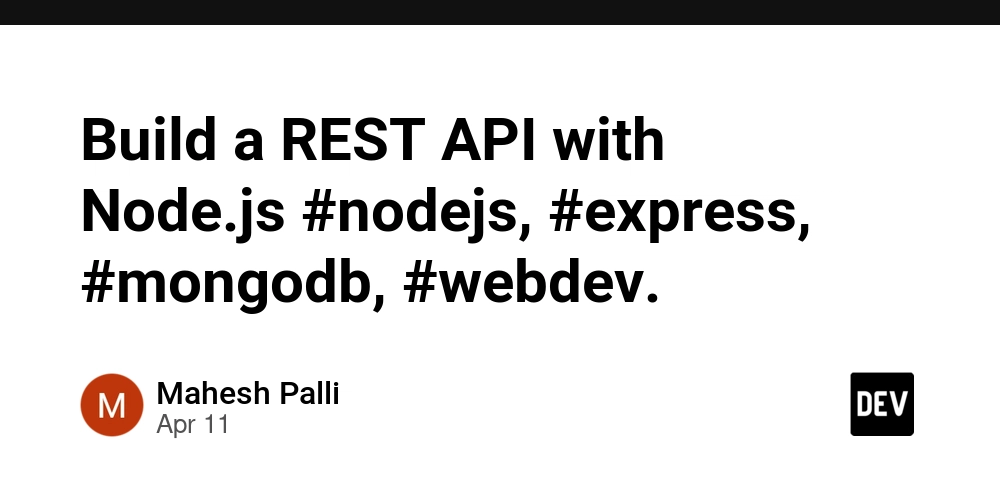
INTRODUCTION:
REST APIs power many modern web applications by enabling seamless data exchange between clients and servers. In this tutorial, we'll build a basic REST API using Node.js and Express, and we'll store data in MongoDB.
By the end, you will have a fully functional API that supports CRUD (Create, Read, Update, Delete) operations.
*** Step 1: Setting Up the Project
Install Node.js
using node -v;Initialize a New Node.js Project
Create a new project directory and initialize a package.json file;
mkdir node-rest-api && cd node-rest-api
npm init -y;
3.Install Required Dependencies
express - for building the API
mongoose - to interact with MongoDB
dotenv - to manage environment variables
cors - to handle cross-origin requests
using this command:
npm install express mongoose dotenv cors;
*** Step 2: Create the Express Server
Create a file named server.js and set up a basic Express server
const express = require("express");
const mongoose = require("mongoose");
const dotenv = require("dotenv");
const cors = require("cors");
dotenv.config();
const app = express();
// Middleware
app.use(express.json()); // Parse JSON requests
app.use(cors()); // Enable CORS
const PORT = process.env.PORT || 5000;
app.listen(PORT, () => {
console.log(Server running on port ${PORT});
});
Now, run the server:
node server.js
you should see like this:
Server running on port 5000
*** Step 3: Connect to MongoDB
- Set Up MongoDB If you don’t have MongoDB installed, use MongoDB Atlas (a free cloud database).
Go to MongoDB Atlas and create a free cluster.
Get the connection string (replace and ).
- Update .env File Create a .env file in the project root and add: MONGO_URI=mongodb+srv://:@cluster.mongodb.net/myDatabase; Modify server.js to Connect to MongoDB: mongoose.connect(process.env.MONGO_URI, { useNewUrlParser: true, useUnifiedTopology: true, }) .then(() => console.log("MongoDB Connected")) .catch((err) => console.error(err));
restart the server:
node server.js;
you should see like this:
MongoDB Connected
Server running on port 5000
**** Step 4: Create a Model and Routes
- Define a Model (Schema) Create a models/Task.js file: const mongoose = require("mongoose");
const TaskSchema = new mongoose.Schema({
title: String,
completed: {
type: Boolean,
default: false,
},
});
module.exports = mongoose.model("Task", TaskSchema);
Set Up API Routes
Create a routes/tasks.js file:
const express = require("express");
const Task = require("../models/Task");
const router = express.Router();
// Create a new task
router.post("/", async (req, res) => {
try {
const task = new Task(req.body);
await task.save();
res.status(201).json(task);
} catch (err) {
res.status(400).json({ error: err.message });
}
});
// Get all tasks
router.get("/", async (req, res) => {
try {
const tasks = await Task.find();
res.json(tasks);
} catch (err) {
res.status(500).json({ error: err.message });
}
});
// Update a task
router.put("/:id", async (req, res) => {
try {
const task = await Task.findByIdAndUpdate(req.params.id, req.body, { new: true });
res.json(task);
} catch (err) {
res.status(400).json({ error: err.message });
}
});
// Delete a task
router.delete("/:id", async (req, res) => {
try {
await Task.findByIdAndDelete(req.params.id);
res.json({ message: "Task deleted" });
} catch (err) {
res.status(500).json({ error: err.message });
}
});
*** Step 5: Test the API with Postman
Start the server:
node server.js
Use Postman or cURL to test API endpoints:
** Create a Task (POST)
POST http://localhost:5000/api/tasks
Content-Type: application/json
{
"title": "Learn Node.js"
}
** Get All Tasks (GET)
GET http://localhost:5000/api/tasks
**Update a Task (PUT)
PUT http://localhost:5000/api/tasks/
Content-Type: application/json
{
"completed": true
}
**Delete a Task (DELETE)
DELETE http://localhost:5000/api/tasks/
*** Step 6: Deploy the API (Optional)
To make the API live, deploy it to Render, Vercel, or Railway.
Push your code to GitHub.
Deploy using your preferred platform.
conclusion:
Congratulations!




























![[Webinar] AI Is Already Inside Your SaaS Stack — Learn How to Prevent the Next Silent Breach](https://blogger.googleusercontent.com/img/b/R29vZ2xl/AVvXsEiOWn65wd33dg2uO99NrtKbpYLfcepwOLidQDMls0HXKlA91k6HURluRA4WXgJRAZldEe1VReMQZyyYt1PgnoAn5JPpILsWlXIzmrBSs_TBoyPwO7hZrWouBg2-O3mdeoeSGY-l9_bsZB7vbpKjTSvG93zNytjxgTaMPqo9iq9Z5pGa05CJOs9uXpwHFT4/s1600/ai-cyber.jpg?#)














































































































































![[The AI Show Episode 144]: ChatGPT’s New Memory, Shopify CEO’s Leaked “AI First” Memo, Google Cloud Next Releases, o3 and o4-mini Coming Soon & Llama 4’s Rocky Launch](https://www.marketingaiinstitute.com/hubfs/ep%20144%20cover.png)















































































































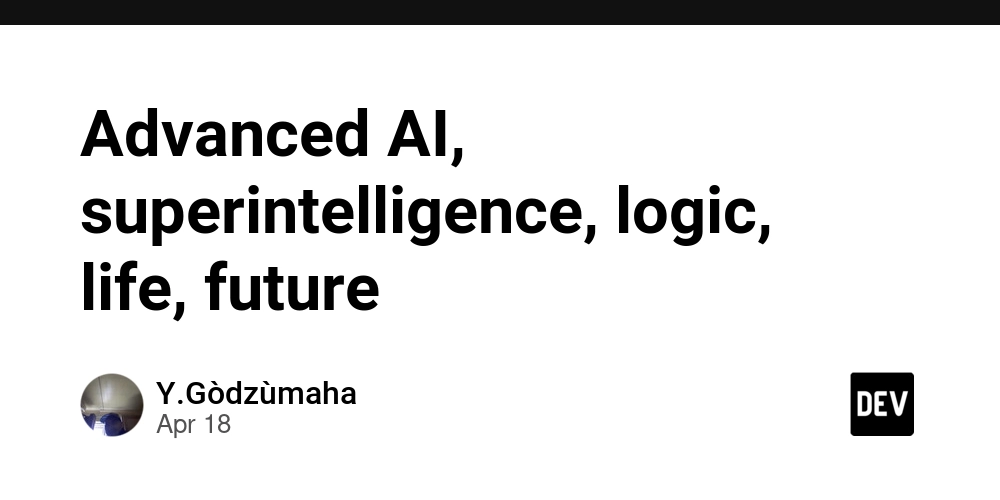
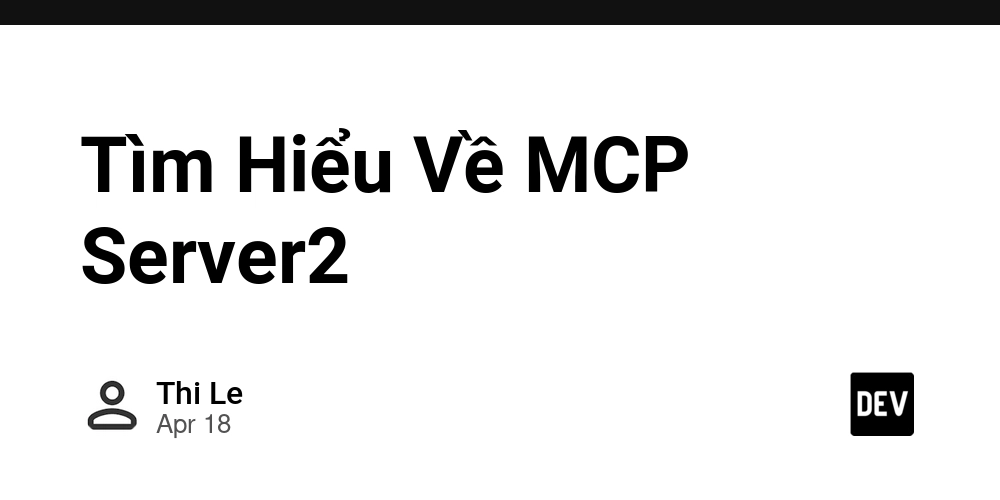
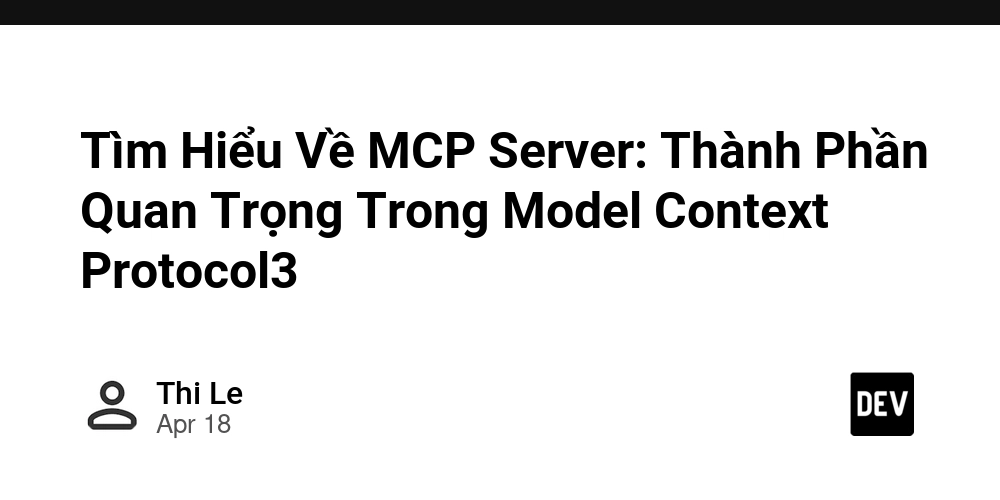


















































































![Rogue Company Elite tier list of best characters [April 2025]](https://media.pocketgamer.com/artwork/na-33136-1657102075/rogue-company-ios-android-tier-cover.jpg?#)








































































_Andreas_Prott_Alamy.jpg?width=1280&auto=webp&quality=80&disable=upscale#)






































































































![Apple Watch Series 10 Back On Sale for $299! [Lowest Price Ever]](https://www.iclarified.com/images/news/96657/96657/96657-640.jpg)
![EU Postpones Apple App Store Fines Amid Tariff Negotiations [Report]](https://www.iclarified.com/images/news/97068/97068/97068-640.jpg)
![Apple Slips to Fifth in China's Smartphone Market with 9% Decline [Report]](https://www.iclarified.com/images/news/97065/97065/97065-640.jpg)


































































































































